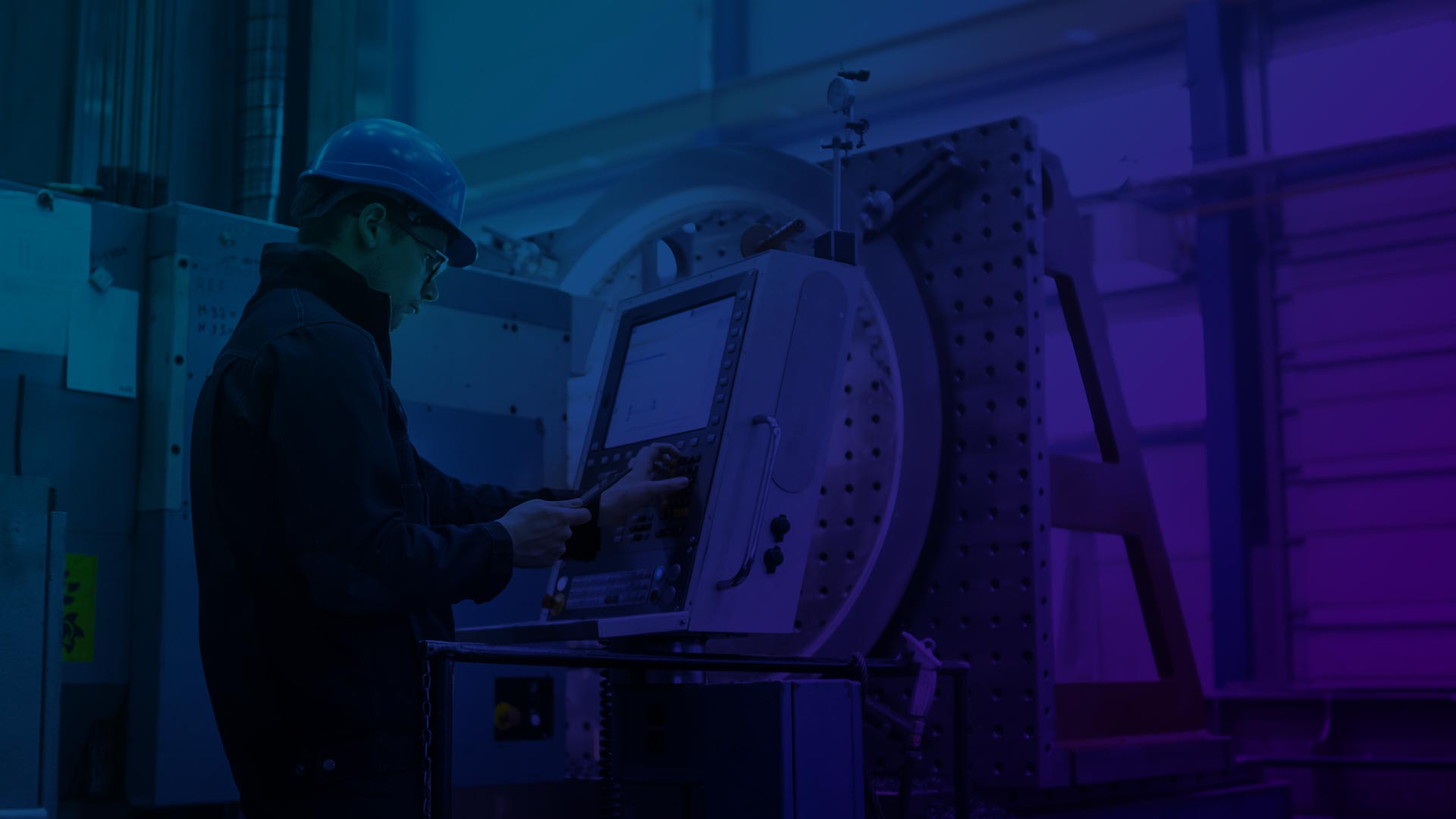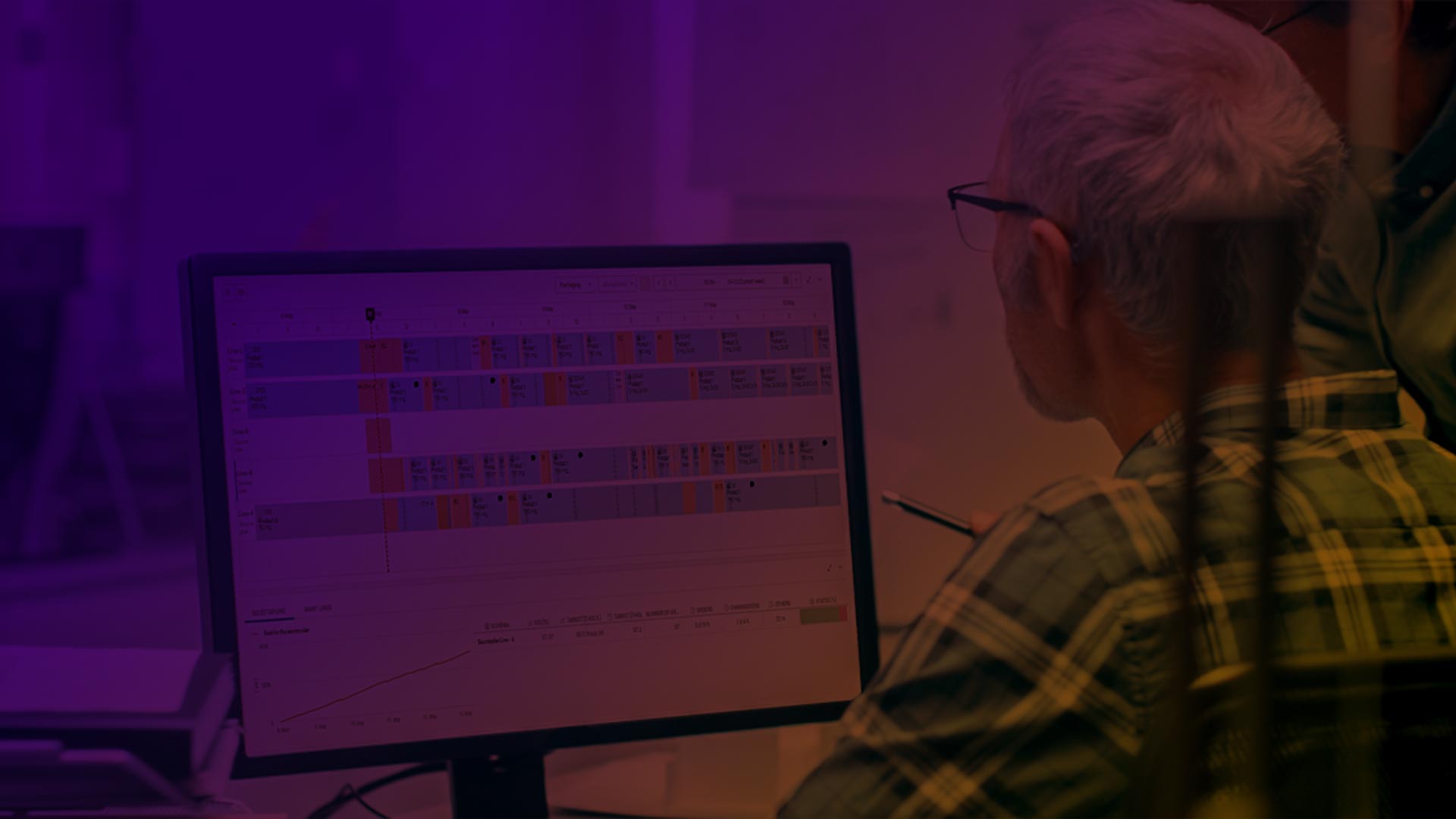The Smart Factory meets the objectives of Industry 4.0 through the traceability and communicability of objects, the networking of machines and equipment, as well as artificial intelligence and machine learning. The Smart Factory uses flexible and scalable solutions to efficiently implement production processes. How is the integration of all production systems performed and what are the benefits of such a solution?
Integration of production systems – how does ANT Smart Factory software work?
Smart Factory ANT is a mesh of integrated systems that exchange data with each other in real time. The customised software can be extended with further functionalities if required. Our solution enables the complete digitalisation of the documentation workflow – from process modelling to the automatic completion of forms and digital reports. The data collected from the machines is available in all systems, including the integrated, existing ERP.
How does integration take place?
Integration is responsible for receiving and sending data to other systems. It allows data to be exchanged in real time. The ANT software supports integration methods such as:
-
- Web Services,
-
- RFC,
-
- indirect databases,
-
- flat files (XML, CSV).
Communication between the systems is mostly through the use of three popular types of software: SAP, Oracle and Infor.
SAP is designed to manage business processes. The software uses for communication:
-
- RFC (Remote Function Control) is a client-server standard for making the synchronous calls necessary for real-time communication of systems. An action is invoked remotely by the client on the server.
-
- IDoc Messages uses a file interface. It is called by creating an IDoc file with data and passing it to the target system. In this case, the calls take place asynchronously.
-
- SOAP Web Services is a set of open protocols used to exchange data between systems running on different platforms using web services. It uses XML encoding for this, and the web technology is based on the HTTP protocol.
-
- The REST API is a client-server standard and, like SOAP, is based on the HTTP protocol. However, REST is a more contemporary and more readily used architecture.
Oracle is a system for managing databases via SQL. It uses the aforementioned Web Services for communication, as well as ODBC or OLE DB. Infor, on the other hand, is designed for business process management. It uses APIs, M3 Web Services and the aforementioned REST or ODBC/OLE DB.
Signals can be triggered in several ways. Most commonly, it is linked to the performance of a specific activity, such as the production of a unit or the completion of a machine. There may also be set time frames in which sensors mounted on machines automatically send current information to the system.
How do the systems communicate with each other?
Bidirectional integration enables the exchange of data between systems. For example, for the integration of MES with ERP, the communication looks as follows:
-
- The MES retrieves information from the ERP such as:
-
- BOM,
-
- production orders,
-
- planned start and end times of production,
-
- dictionary of faults and failures (codes and names),
-
- default parameters for operations.
-
- The MES retrieves information from the ERP such as:
-
- The MES sends to the ERP information such as:
-
- production order number,
-
- number of units properly produced,
-
- number of units incorrectly produced,
-
- causes of defects,
-
- downtime,
-
- the actual start and end times of production.
-
- The MES sends to the ERP information such as:
This is what communication looks like when integrating MES with CMMS:
-
- The MES extracts information from the CMMS such as:
-
- completion of service work,
-
- end of maintenance work (with equipment code and status).
-
- The MES extracts information from the CMMS such as:
-
- The MES sends information to the CMMS such as:
-
- initiation of a fault reported from the operator panel,
-
- failure report (start and end date and time, reason for failure, additional comments, statuses).
-
- The MES sends information to the CMMS such as:
What is the advantage of the Smart Factory over a factory using normal production management systems?
Factories using standard production management systems have to take care of the exchange of information between different platforms themselves. This requires time and is subject to the risk of error when transferring data. A lack of integration also means that real-time data cannot be used, which has serious consequences in terms of process efficiency and on-time delivery. Too little stock, (or on the contrary, too much stock), a lack of rapid response in the event of a delayed delivery or machine breakdown – all these contribute to poor factory efficiency.
The Smart Factory is the complete opposite of this!
-
- Thanks to the integration, data exchange takes place in real time.
-
- Production is in line with Lean Manufacturing – resource consumption and redundant operations are reduced while delivering increasingly higher quality products.
-
- Integration of MES with ERP eliminates the need for double reporting.
-
- The integration of MES with WMS translates into optimal inventory management. The exchange of information on deliveries, resource consumption and current stock levels allows Just In Time production to be carried out.
-
- By integrating MES with EMS, it is possible to optimise utility consumption and make the factory greener, in line with sustainability.
-
- The integration of MES with APS enables automatic real-time production planning based on information on current stock availability or machine breakdowns.
-
- Integration of the MES with the CMMS allows machine breakdowns to be reported from the operator’s position and a rapid response to be taken by maintenance staff. Production processes can be planned with maintenance work included in the schedule.
Smart Factory is a factory of agile management. By integrating all systems, it speeds up communication, increases productivity, eliminates paperwork and optimises resource and utility consumption. Smart Factory means profitable production and a competitive position in the market. Integrate all production processes and see how your factory can change!





